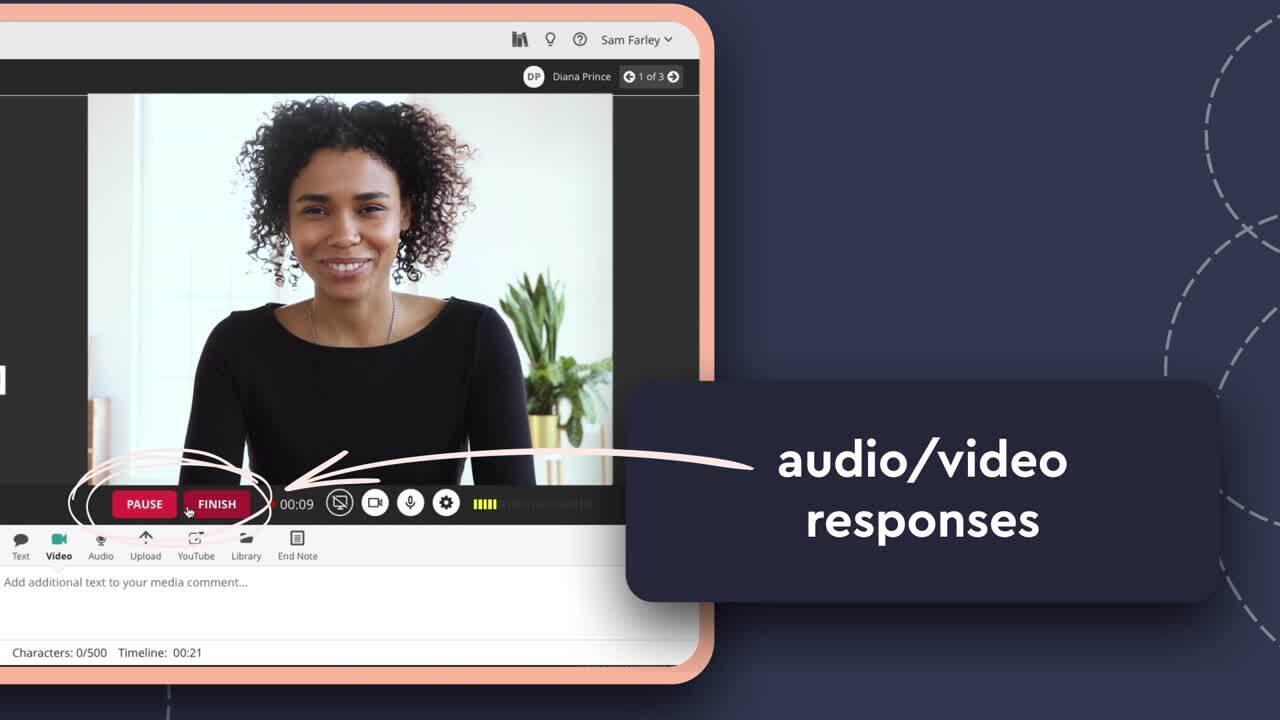Assessments are more than just tests and grades. When developed and delivered thoughtfully, assessments can shape the educational experience by offering insights into students’ progress and paving the way for personalized instruction. One of the more powerful types of assessment is a formative assessment. Let’s delve into this essential assessment type and explore how it can enhance the learning experience for higher educators and students alike.
What are Formative Assessments?
Formative assessments are educational evaluations designed to monitor students’ learning progress throughout a course or instructional period. Unlike summative assessments, which typically occur at the end of a unit or course to measure overall comprehension, formative assessments are ongoing and provide continuous feedback to both students and instructors. In higher education, these assessments serve as checkpoints, allowing educators to adjust their teaching strategies in real-time based on students’ performance and understanding.
Formative assessment tools are essential to enhancing student learning by providing tangible evidence of student progress, informing instructional planning and decision making. By carefully aligning formative assessments to learning outcomes, instructors can ensure their assessment strategy is helping students get closer to achieving their learning goals.
What is a Common Formative Assessment?
Formative assessments come in various shapes and sizes, tailored to fit different subjects and instructional styles. Some common formative assessments include a quick quiz at the beginning of a class to gauge prior knowledge, peer evaluations during group activities, and open-ended class discussions. Many institutions are incorporating an innovative element into their formative assessment strategies.

How Can Video be Used in Formative Assessments?
A study of preservice teachers showed that when woven into formative assessments, student videos facilitate reflection, support inquiry into success and failure, and influence plans for self-improvement. For example, if students learn a demonstrable skill in your course, instructors could ask students to record themselves performing it: presentations, speeches, violin solos, nursing skills check-offs, counseling sessions, student teaching observations, and more. After performing the specific skill, students can review their own performance and receive feedback from instructors.

Video brings a new dimension to formative assessments, offering a rich multimedia experience that caters to diverse learning preferences. Educators can leverage video content to simulate real-world scenarios, encourage self-reflection, and foster critical thinking skills. With video and feedback solutions like GoReact, instructors can annotate directly on the video, providing targeted feedback that enhances students’ comprehension and retention.
By using formative assessment tools like video, educators can create a more dynamic and engaging learning environment. Whether it’s analyzing a lab experiment, critiquing a performance, or practicing language skills, video assessments offer endless possibilities for active learning. In this recent webinar, a panel of experts dives even deeper into the details of ways your institution can start effectively integrating videos into your formative assessment strategy.
Try Video Assessment With GoReact
Ready to add a new formative assessment tool to your approach to your strategy? Request a demo of GoReact today and discover how adding video to your assessment strategy can transform your institution’s learning experience. From real-time feedback to insightful analytics, GoReact empowers educators to elevate student learning outcomes through effective formative video assessments.







